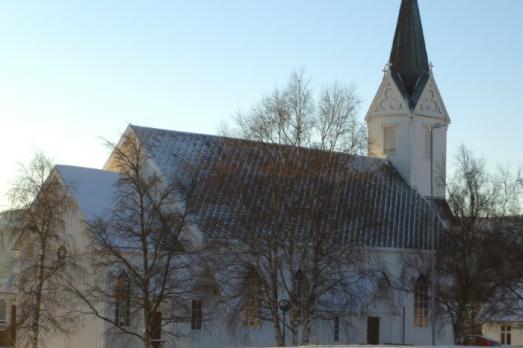
Selbustrand Church
Selbu, NO
Selbustrand church is a wooden church that was built in 1901. The church has a long plan and was designed by architect O. Alfstad.
Here you can search for a building to visit. You can use the map find destinations, or you can use the filters to search for a building based upon what different criteria.

Selbu, NO
Selbustrand church is a wooden church that was built in 1901. The church has a long plan and was designed by architect O. Alfstad.

Seleuș, RO
In the already free community by the end of the 14th century, a church hall in the late Gothic style was erected. In 1500 it was surrounded by an irregular defence wall, which still exists today. On the southern side there is the imposing gate tower, which serves as a bell tower at the same time, being endowed with machicoulis and a wooden defence floor, covered by a pyramidal roof. At the beginning of the 19th century the church went through many changes: the building was extended to the west, the nave was covered with a stuccoed ceiling, while the chancel preserved its ribbed cross vault. The interior furniture from the 19th century comprises the three side wooden gallery built on columns, the organ from 1843 and the beautiful neoclassical pew in the chancel. The painter Andreas Hermann from Sighişoara made the altar as early as 1713. The interior still keeps the strict sitting order of the Transylvanian Saxons, with places for men in the galleries, places for women in the hall’s benches, according to their age, as well as places in the chancel for the candidates awaiting confirmation and the members of the Presbyterian committee.
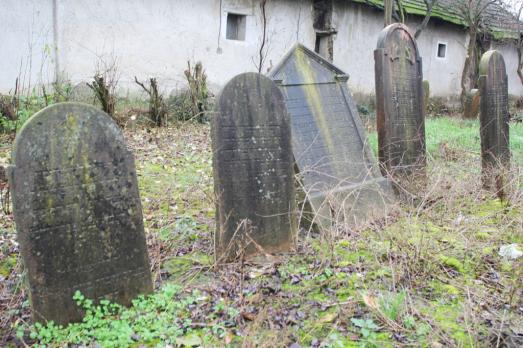
Selice, SK
Selice Jewish Cemetery has 145 tombstones approximately. The area was fenced by ESJF in 2022.
Haarlem, NL
Beautiful mosque with many side rooms. Interesting situated in a park, which is being "remediated". In 2012 a high metal minaret was built at the entrance road to this complex.
Dieren, NL
Turkish mosque from 1999, with small minaret.
Lochem, NL
Mosque
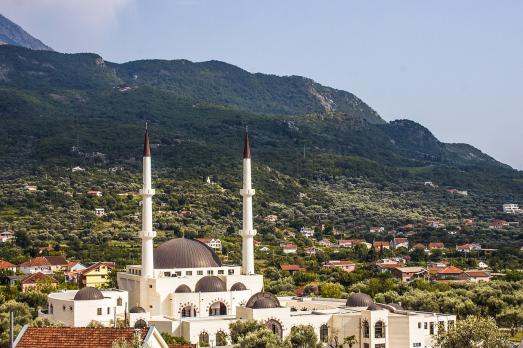
Stari Bar, ME
The Selimiye Mosque in Bar, the largest building of its kind in Montenegro, was built between 2002 and 2014. The completion of the mosque building, the space of the cultural centre, its furnishing and equipment, during the period 2013 and 2014, were entirely financed by the funds provided by the Turkish government's development agency.
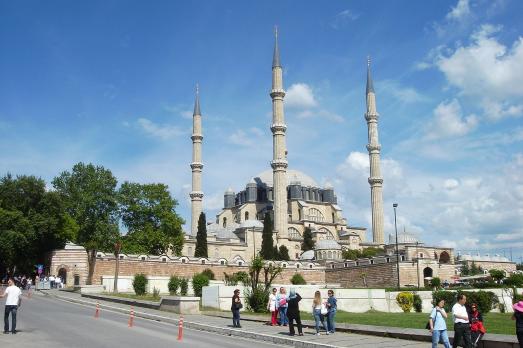
Edirne, TR
The Selimiye Mosque is a typical Ottoman mosque built between 1568 and 1574 by the architect Mimar Sinan (1489-1588). Even though some of the tiles were defeated by the Russian General Mikhail Skobelev during the Ottoman-Russian War of 1877-1878, the mosque still houses magnificent marble, tiles and calligraphy. The Selimiye Mosque complex has been a World Heritage Site since 2011.
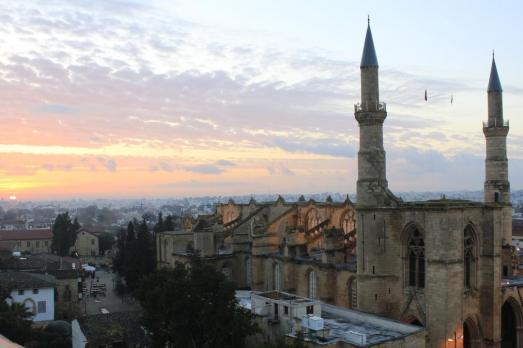
Lefkoşa, TR
The Selimiye Mosque was founded in the 13th century as a Catholic cathedral, the St. Sophia Cathedral. The cathedral may have been built on the site of a Byzantine church already called Haghia Sophia. After the Crusaders took Cyprus in 1191, the construction of a new sanctuary was commissioned by Alice of Champagne, wife of Hugh I of Cyprus (1205-1218). Construction began in 1208 and its consecration took place in 1326. With the occupation of Nicosia by the Ottomans (1570), St. Sophia Cathedral was transformed into a mosque and two minarets were added to a western part of the building. In 1954, the monument was renamed "Selimye Mosque" in honour of Sultan Selim II (1566-1574) who ruled at the time of the conquest of Cyprus.
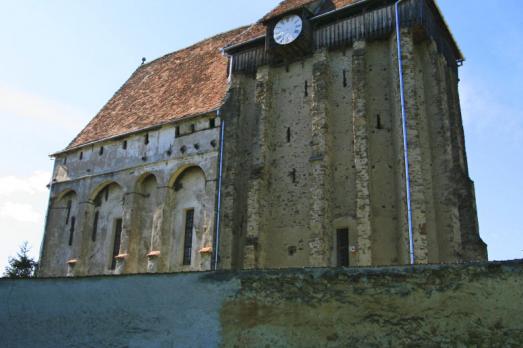
Seliștat, RO
Although almost nothing of the fortification has been preserved, the church of Seliștat impresses as an example of an almost unaltered fortified church of the early 16th century. Situated on the top of a hill on the high plateau between the valleys of the river Hărtibaciu and Olt the one-aisle church without tower is said to have been built as early as the second half of the 14th century, probably on the site of an earlier building. Around 1500 the chancel was strengthened by adding buttresses, four more stories, and a wooden battle platform. Later the nave was fitted with a barrel vault and a defence level built of bricks and stones. Loops for pouring liquids were left between the buttresses and the wall of the church. Another defence building serving for storing grains has been preserved on the northern side of the site. On the southern side three more buildings were erected: Old and New School and the communal hall, today used as a youth hostel and community center. The modest interior of the church was renovated in 2010.

new
Nestled amidst the serene landscapes of the Harz region, lies a hidden gem for nature enthusiasts and history buffs alike - the Harz Monastery Hiking Trail. Lace up your hiking boots and embark on this captivating adventure that will transport you back in time.

The Holy Mile (Miglio Sacro) of Naples is a one-mile-long itinerary, through sacred places linked to the city's patron saint, San Gennaro, in the Rione Sanità district. Discover the city from a new perspective with this unique walking tour.

As a university city, cultural offerings abound in Tartu and will reach their peak after being designated one of three European Capitals of Culture for 2024. In this list, we've compiled the most interesting sacred places to visit in and around the old town.